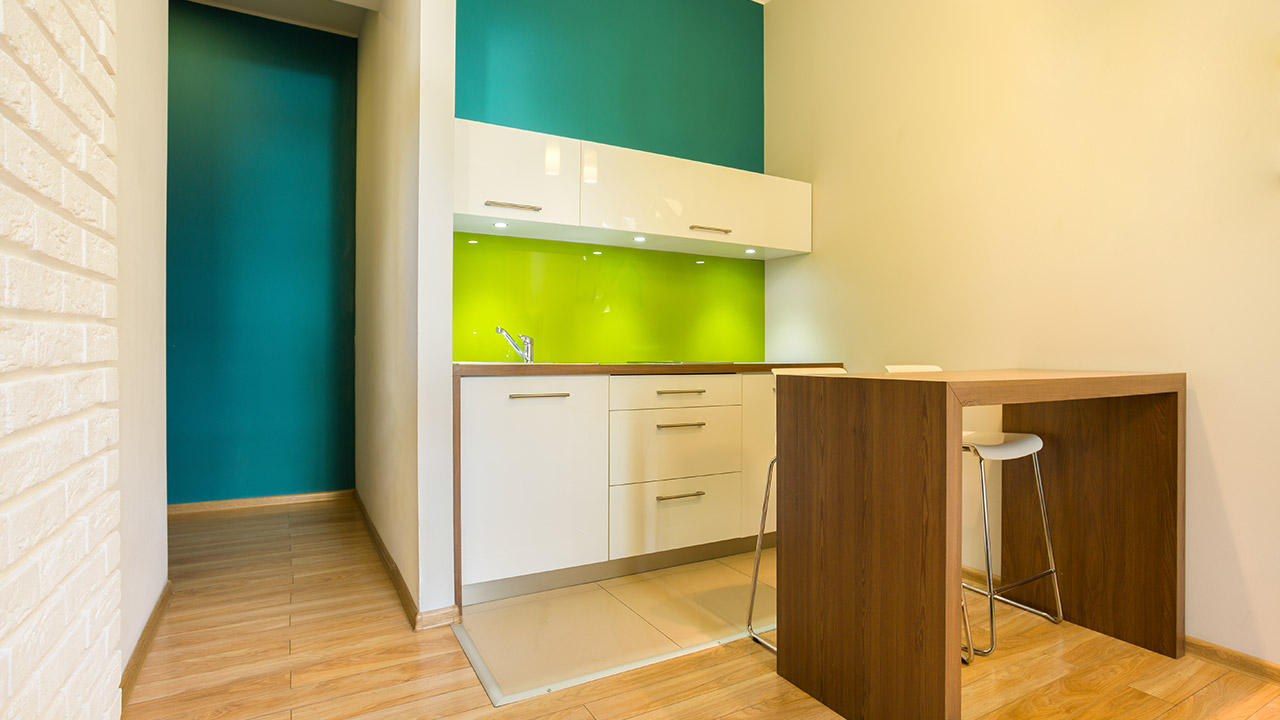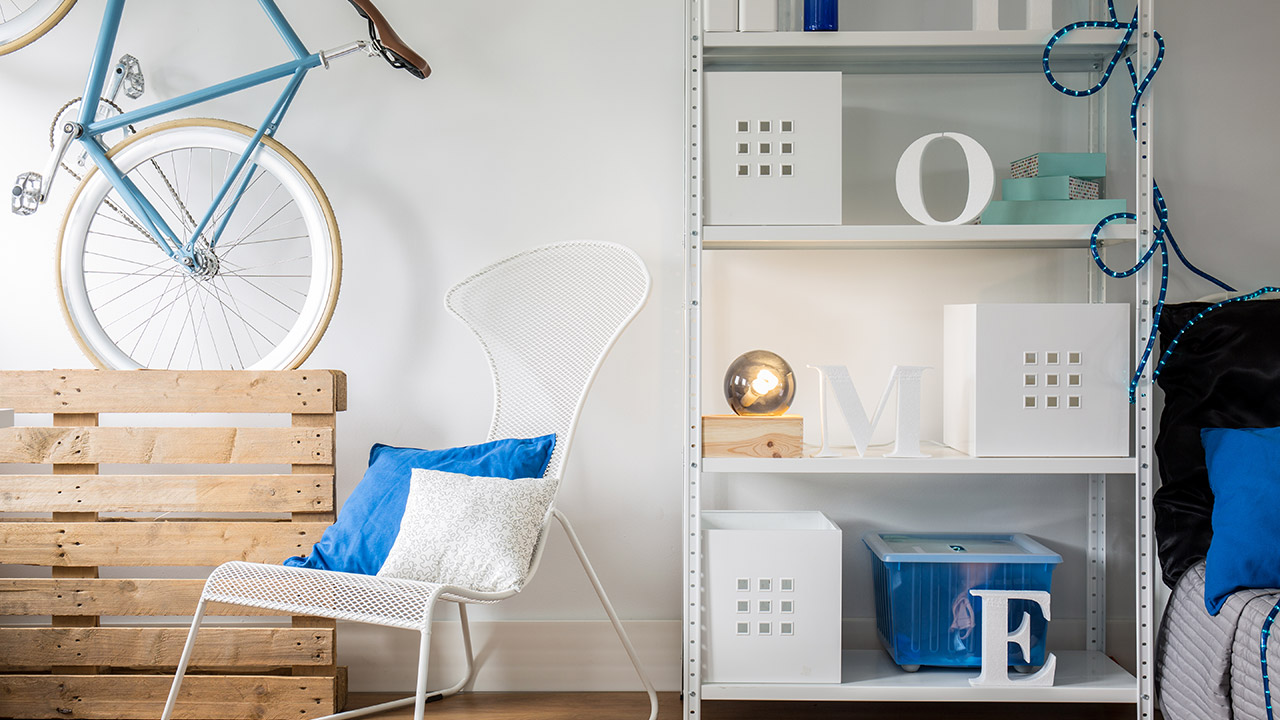Picture yourself living in a 300 square-foot minuscule apartment, and paying the same rent price as you would for a place three times the size.
That’s exactly what an increasing number of renters are doing these days just to be able to claim zip code in some of the country’s most expensive places to live.
Cities like New York, Boston, Seattle, San Francisco, and Washington D.C. are among such places where these so-called ‘micro apartments’ are becoming increasingly popular among those who wish to live in city centers.

With many dense real estate markets across the US in the midst of a housing shortage, micro apartments are providing residents with an option to still be able to call the downtown core home, while being able to afford to do so. But “affordable” and “cheap” are nowhere near synonymous in these cases; a 300 square-foot mini pad can cost as much as $1,700 per month in San Fran, while the first micro apartment in Manhattan costs $2,750 a month, and is a mere 302 square feet.
Also known as “micro lofts” and “aPodments,” the average size ranges from anywhere between 220 to 400 square feet – much smaller than conventional apartments across the US.
All you’ll usually find in these teensy apartments are beds (usually fold-up), a bathroom, and somewhere to sit and enjoy your coffee. Large apartments will come with their own kitchenette, while others don’t.
While ‘small’ has been the norm in many downtown areas like Manhattan or Boston, micro apartments are springing up in more cities where land is limited, and rents have skyrocketed.
Accommodating a Change in Demographics

The market for these micro apartments units is typically young Millennials under 30 years of age. It’s usually their first place after leaving home or school, and they don’t usually have too many things accumulated for the small size of the apartment to be an issue.
An increasing number of people are choosing to live on their own, with no partner, spouse, or roommate. Whether they’re single, divorced, waiting longer to get married, or simply want to stay single for the long haul, many folks are choosing to live by themselves, which means they’re footing the rent bill all on their own. With such a dramatic change in demographics, developers in the housing market are responding, and making it easier for people to live downtown, without the exorbitant rents that are customary in city centers.
With singles increasingly making up a bigger chunk of households, apartment rents are strained, leading to the generation of more micro apartment projects.
It’s obviously not the ideal place to raise a family. But it is a lifestyle choice nonetheless, especially for those who are drawn to urban life, want to slash their commute time to work, and want to be within walking distance to amenities and entertainment. The smaller scale offers the perfect incentive to spend more time outdoors – they’re perfect for an actively social lifestyle.
Many units are carefully organized into “neighborhoods,” whereby residents can gather at a communal area in the middle of the floor where amenities including kitchens, dining areas and entertainment sections can be offered.
The costs needed to construct these apartment buildings are typically high, considering the fact that there are more walls, kitchens and bathrooms. But when factoring in the revenue on a per-square-foot basis, developers can more than recoup these expenses shortly after development.
Of course, there are laws that may make it impossible for developers to spring up a micro apartment building, depending on the location. Zoning regulations in different cities will stipulate the smallest size apartment unit that is allowed, which will directly affect what builders may have in mind. In Washington D.C., for instance, 220 square feet of living space is the minimum allowed for a residential dwelling.
Small enough.
One thing’s for sure – with housing affordability and lack of inventory plaguing many parts of the US, it looks like micro apartments are more of a mainstay than a trend.